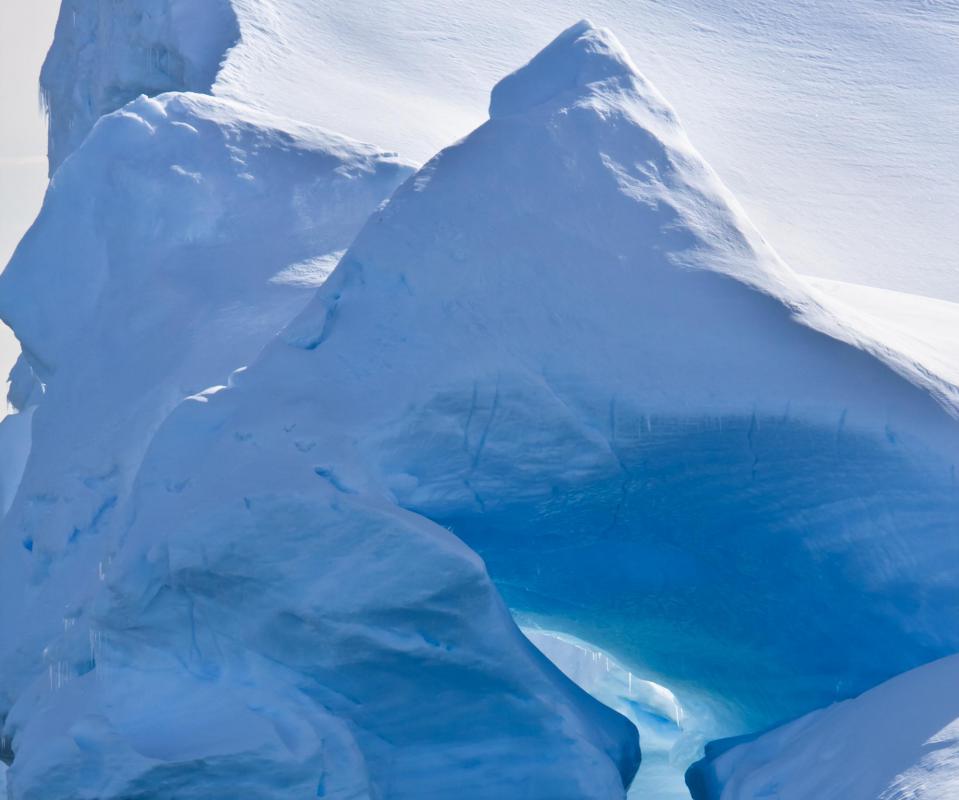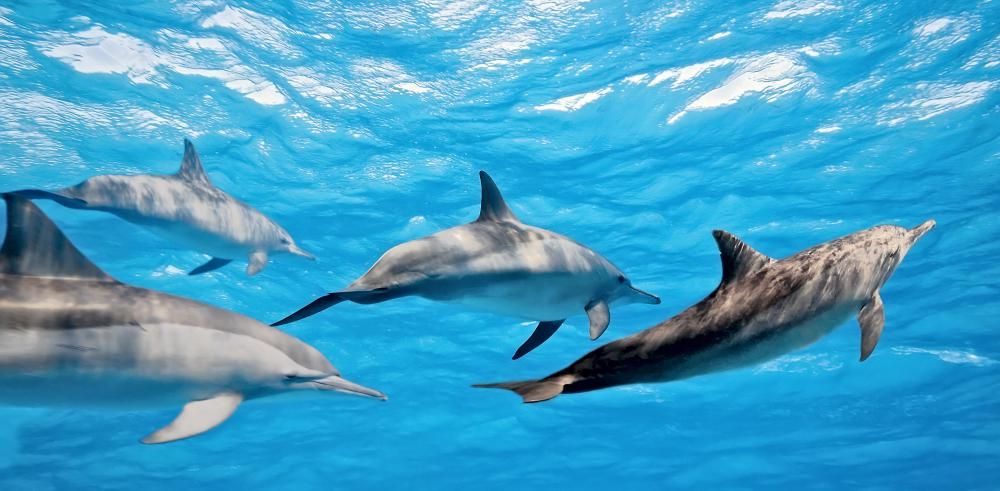At AllThingsNature, we're committed to delivering accurate, trustworthy information. Our expert-authored content is rigorously fact-checked and sourced from credible authorities. Discover how we uphold the highest standards in providing you with reliable knowledge.
What are Oil Slicks?
Oil slicks float on oceans and seas, covering them in a thick film of crude or refined petroleum oil. When freight ships carrying tens of thousands of tons of fuel crash, malfunction, or encounter harsh weather, they spill enormous amounts of oil into the water. Since oil and water don't mix, the oil spreads out into a layer that hovers, as one mass, on top of the ocean.
Thousands of oil slicks result from massive oil spills every year. Oil slicks are difficult to control or contain and even more challenging to clean up. Once formed, an oil slick becomes an unpredictable phenomenon. It might end up spreading, migrating, thinning or thickening, moving towards land or further out to sea. An international community of activists, organizers, and technical developers has formed to identify, manage, and eliminate the devastating oil slicks.

The fate of an oil slick is determined by many factors, including local and regional weather, ocean currents, tides when near a land mass, the relationship between air and water temperature, the chemical composition of the crude or refined oil, wind direction, and the presence of icebergs. Humans must intervene with tracking devices, booms, absorbent materials, and chemical treatments.

Oil slicks can be diverted or captured using floating booms. These are mechanical blockers that loop around the edges of the slick and possibly squeeze it away from land or relegate it to a controllable area. Sometimes slicks are lit on fire to burn them off. Other times, the physical barriers bring them to an area where they can be removed with sorbent booms. Using absorption or adsorption, the booms catch some of the oil manually. Most of it will be disposed, but some may be re-refined to use as fuel.

Not surprisingly, oil slicks cause untold damage to algae, seaweed, plant life, fish, birds, sea mammals, shellfish, and the soil and rocks on beaches. Oil sticks to everything, creating multiple mortal hazards. It can prevent dolphins or whales from breathing, drown birds that can't swim away, or intoxicate fish and animals that drink or eat it. Sand and rocks may need to be dug up and thrown away if oil seepage makes them impossible to clean. Even years after an area has been hit with an oil slick, the ecosystem shows evidence of the disaster with lower biomass and fewer species.
Frequently Asked Questions
What exactly are oil slicks?

Oil slicks are thin layers of oil that float on the surface of water bodies, typically the ocean. They form when crude oil or refined petroleum products leak, spill, or are discharged into the water, creating a sheen that can vary in color and thickness. These slicks can spread rapidly, driven by wind and currents, covering large areas and causing significant environmental harm.
How do oil slicks affect marine life?

Oil slicks can be devastating for marine life. They coat the feathers of seabirds, reducing their insulation and buoyancy, leading to hypothermia or drowning. For marine mammals, oil can impair insulation and breathing. Ingestion of oil-contaminated water or prey can poison marine organisms. According to the National Oceanic and Atmospheric Administration, oil toxicity can also disrupt growth and reproduction in fish and invertebrates.
What causes oil slicks to occur?
Oil slicks often result from accidents like oil tanker spills, offshore drilling rig disasters, or pipeline ruptures. Natural seepage from the ocean floor is also a source, albeit less common. Human activities, such as illegal dumping or operational discharges from ships, contribute significantly to the problem. The infamous Deepwater Horizon spill in 2010, for example, was caused by a blowout during drilling operations.
Can oil slicks be cleaned up, and how?
Cleaning up oil slicks is challenging but possible. Methods include skimming the oil from the water's surface, using dispersants to break down the oil into smaller droplets, and introducing biological agents to accelerate natural biodegradation. Physical barriers like booms can contain the spread. The effectiveness of cleanup efforts depends on the oil type, sea conditions, and timely response.
What long-term effects can oil slicks have on the environment?
Oil slicks can cause long-term environmental damage, affecting ecosystems for years. They can result in the loss of biodiversity, destruction of habitats, and long-lasting health issues for wildlife. Economic impacts on fisheries and tourism are significant. For instance, the Exxon Valdez spill in 1989 had effects that were observed for decades, with some species and habitats still recovering.
What measures are being taken to prevent oil slicks?
Preventive measures against oil slicks include stricter regulations on oil transportation, improved ship designs, better inspection protocols, and enhanced emergency response plans. International agreements like the International Convention for the Prevention of Pollution from Ships (MARPOL) aim to minimize accidental discharges. Advances in technology also contribute to safer drilling practices and more effective spill detection systems.
AS FEATURED ON:
AS FEATURED ON:















Discussion Comments
@ Amphibious54- The Deepwater Horizon disaster is actually the second large oil slick to foil U.S. waters in the Gulf of Mexico this year. While the Deepwater Horizon slick is the largest in U.S. history, the one that formed off of Port Arthur, Texas in January was also large.
The Port Arthur incident was the result of the oil tanker Eagle Otome colliding with a smaller vessel in the Sabinne Neches waterway. In this accident almost a half million gallons were released into the water. Only about half of the oil spilled was recovered, dispersed, or has evaporated.
They say the environmental impact from this oil slick will be minimal, but who knows how long it will take for the rest of the oil to evaporate. Hopefully the spills this year are not a sampling of what is to come.
For all of the oil spill that happen every year, few make headlines unless they are very large. However, like the article stated, oil slicks can be spread very far by the currents; affecting a larger area than the spill zone.
The Exxon Valdez spill happened over twenty years ago and there is still oil washing up on the beaches around Prince William Sound and the Katmai Coast. A special report by MSNBC published around the 20th anniversary of the spill stated that there is still approximately 20,000 gallons of toxic crude floating around in the water. It is decomposing at a very slow rate, and could still pose problems to local wildlife populations for decades to come.
I wonder what the outcome will be from the oil slick floating around in the Gulf of Mexico?
Post your comments